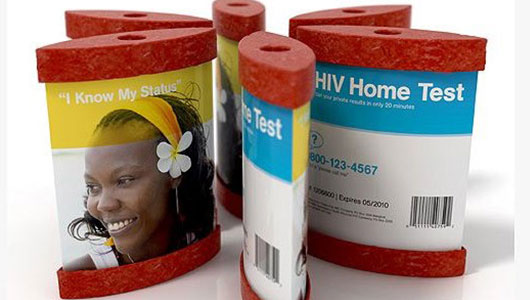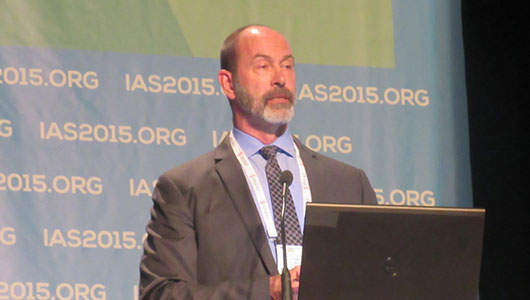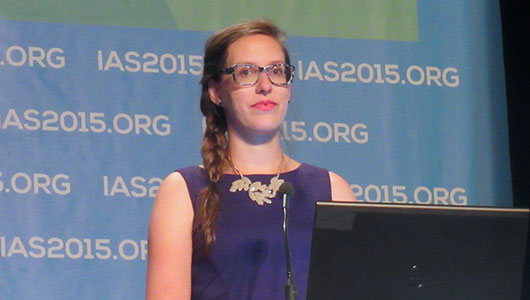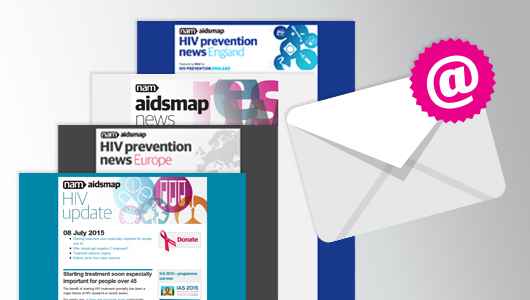
Sybil Hosek at IAS 2015 photo ©Marcus Rose/IAS
As well as being remembered as the ‘90-90-90’ conference, IAS 2015 will also be remembered as the conference where pre-exposure prophylaxis (PrEP) moved from clinical trials to real world use. As well as the results of studies of intermittent dosing (reported last week), IAS 2015 also heard results of demonstration studies designed to show how PrEP works in the ‘real world’, outside clinical trials.
These demonstration studies reported on the use of daily PrEP using tenofovir and emtricitabine (Truvada) in various settings in the United States. The studies found that people with the highest levels of risk were the most consistent users of PrEP.
The US Demo project reported on PrEP use in gay and bisexual men and transgender women in San Francisco, Miami and Washington DC. The study found that over the course of a year’s follow up, participants adhered to 85% of doses. The highest levels of adherence were reported by those who also reported condomless sex with two or more partners in the previous three months. Adherence was notably lower among participants from Miami: it was 90% in San Francisco and 88% in Washington but only 65% in Miami. Participants in Miami tended to be younger, were more likely to be black and to have somewhat lower levels of HIV risk behaviour. There was a strong relationship between ethnicity and adherence: 97% of white participants had tenofovir levels in their blood samples indicating four or more doses a week, 77% of Latinos but only 57% of black people.
The ATN (Adolescent Trials Network) 110 study recruited 200 young gay and bisexual men in 12 cities in the United States. It also found evidence of an ethnic difference in PrEP adherence, with lower levels of adherence among young black men. Four participants acquired HIV during the study, at weeks 8, 32, 40 and 48, giving an annual incidence rate in participants of 3.29% a year. All these four had taken PrEP at some point but none had detectable levels of tenofovir in their blood at the study visit where HIV was diagnosed.
“ATN 110 successfully engaged young men who had sex with men who would be eligible for PrEP,” investigator Dr Sybil Hosek commented.
“The HIV incidence rate was high compared to PrEP arms in other open label trials but, given the high number of incident STIs [sexually transmitted infections], it would likely be even higher in the absence of PrEP.”
“This is a group of young men very few of whom have health insurance or go to healthcare regularly. We need to do more research on the health beliefs and levels of trust of our participants in order to understand what might support PrEP use.”












Connect with NAM on Facebook: Keep up to date with all the exciting projects, latest achievements and new developments that are going on in the world of NAM.
Follow NAM on twitter for links to hot off the press news stories from our editors covering key developments and conferences as they happen. Our news feed is linked to www.twitter.com/aidsmap_news and we also tweet from www.twitter.com/aidsmap.
Follow all the conference news by subscribing to our RSS feeds.